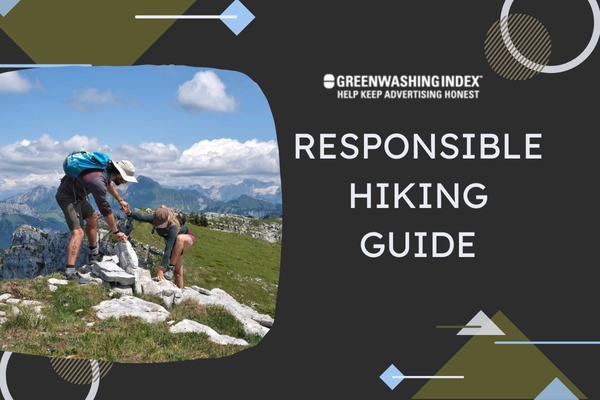When we step into the great outdoors, the endless beauty often takes our breath away. But are we doing enough to ensure that it remains untarnished for future generations? This is where responsible hiking plays a critical part in preserving nature’s wonder. I want you to pause and imagine – each step on the trail counts, each gesture towards nature matters, and so does every choice you make from packing your backpack to setting up your campsite.
Eco-friendly hiking isn’t just about enjoying nature; it’s about actively protecting it while you trek through its beauty. So when you’re answering the call of the wild and gearing up for your next trail adventure, remember these crucial pointers: Manage your trash effectively; select gear that’s kind to nature; respect wildlife from a safe distance; camp without leaving traces behind; and understand how vital fire safety is in preventing wildfires.
The Essentials of Responsible Hiking
Responsible hiking means taking care of nature as you enjoy walks on trails and paths. It’s like being a good guest when someone invites you to their home. Just like you wouldn’t trash someone’s house, responsible hikers don’t hurt nature. They walk, look, and enjoy without leaving a mess or breaking stuff.
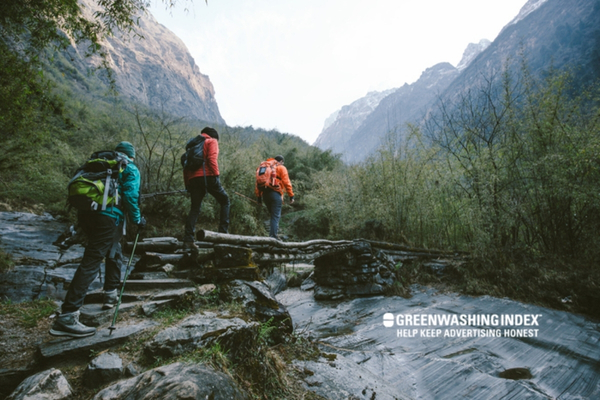
Here are some key rules I follow for eco-friendly hikes:
- Plan Ahead: Before I lace up my boots, I do my homework. Know the trail rules, what creatures and plants live there, and how to stay safe.
- Stick to Paths: Trails are there for good reasons – they keep us from trampling all over the place and hurting plants or animals’ homes. So I always stay on marked paths.
- Leave No Trace: This motto tells us that when we leave, no one should know we were there.
- Leave rocks, plants, and sticks alone; they’re not souvenirs.
- Don’t write on trees or rocks; nature’s not our personal notebook.
- If you bring snacks or drinks in wrappers or bottles – cool! But take your trash with you when you leave.
- Respect Wildlife: Seeing animals is great! But getting too close can scare them or even put us in danger. And feeding them? That’s a no-go because our food can make them sick.
- Share the Trail: Other folks love hiking too – so be kind! Loud noise? Keep it low to let others listen to nature’s sounds.
Sticking to these simple steps on every hike I take ensures my footsteps don’t hurt the Earth; instead they show love for our amazing planet!
Also Read: Food Waste Reduction: Simple Tips for Major Impact
Pledge to Protect: Top 10 Tips for a Greener Trek
When I go hiking, I always try to be as kind as possible to nature. Hiking is not just about enjoying the beauty around me; it’s also about taking care of that beauty. I’ve learned that being responsible on the trail means following some simple, yet important, tips. Here are 10 tips that I always keep in mind to make sure my hikes are as green and eco-friendly as possible.
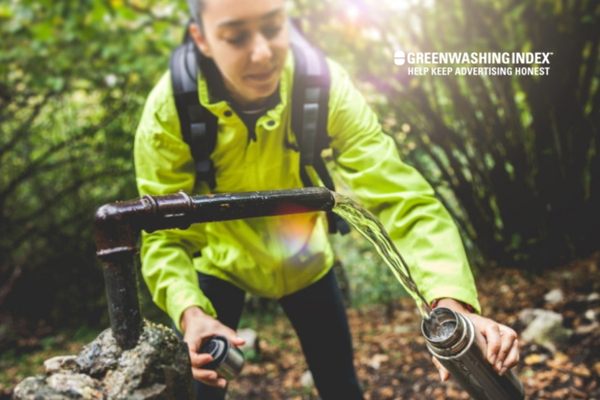
1. Stick to Trails
When you’re out enjoying nature, always remember to stick to the trails. It’s like following a path laid out just for you! By doing this, we help protect plants and small creatures’ homes by not stepping on them. Trails are there for a reason – they lead us through beautiful views while keeping the wild parts wild.
And here’s something to think about: every time we choose to stay on the trail, we’re showing respect for nature. Imagine if everyone walked all over; it would mess up the natural areas we love so much. So, let’s do our part and stick to trails!
2. Leave No Trace
“Leave no trace” is a simple but powerful idea. It means when you visit nature, you leave it just as you found it. This means taking all your trash home with you and not leaving anything behind. It’s about being invisible visitors who admire without disturbing.
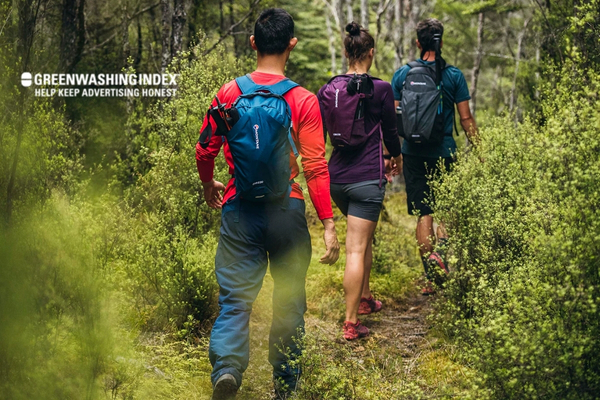
But why is this important? Well, leaving trash can harm animals and spoil the beauty of nature for others who come after us. Plus, things like plastic can take forever to go away! So next time you’re outside enjoying the great outdoors, pack up everything you brought with you and leave nature perfect for the next adventure seeker.
3. Use Eco-Friendly Products
Using eco-friendly products can make a big difference in how we impact the environment around us. These products are made to be kinder to the earth, often using less harmful chemicals and materials that can break down naturally. Think of it as choosing a gift for nature every time you pick something eco-friendly.
Not only do these choices benefit the earth, but they also set an excellent example for others. When you choose a sunscreen that won’t harm coral reefs or bring a reusable water bottle on your hike, you’re showing everyone that being kind to our planet is easy and important. Let’s fill our adventures with choices that help rather than hurt our beautiful world.
4. Respect Wildlife
Wildlife is one of the best parts of being outdoors! Seeing animals in their natural homes can be super exciting. But it’s crucial to keep in mind that we’re visitors in their space. This means watching them from a distance and not feeding them human food, which can be harmful.
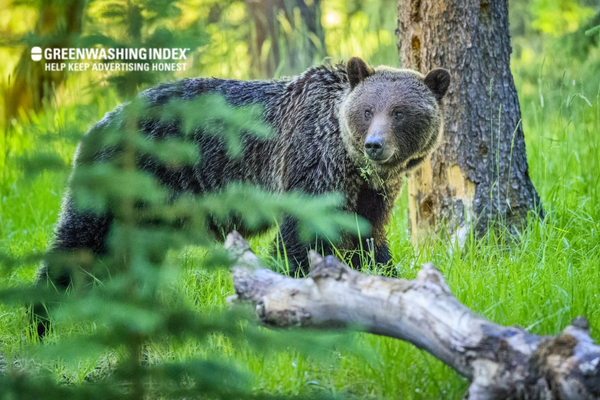
Why does this matter? When wild animals get too used to people, it can lead to dangerous situations for both parties and upset the natural balance. Remembering this helps ensure these wonderful creatures stay wild and free for generations to come, and keeps our outdoor experiences safe and enjoyable.
5. Travel Lightly
Traveling lightly means taking only what you need for your journey. It’s about simplifying and being mindful of not overpacking. This way, not only do we make our travels easier on ourselves, but we also minimize our footprint on the environment. Think about it; less stuff means less waste and less impact on nature.
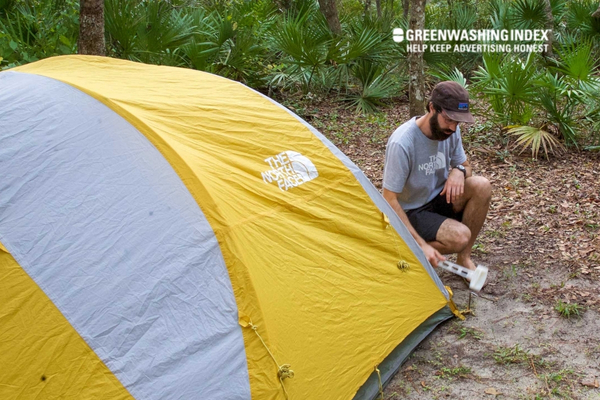
Moreover, when we choose to carry just the essentials, we learn to appreciate what really matters. The beauty of nature becomes our focal point rather than managing lots of gear or trash. It’s a way to respect the places we visit and ensure they remain unspoiled for future adventurers.
6. Minimize Campfire Impacts
Campfires are a classic part of outdoor adventures but remember to minimize their impact. This starts with using existing fire rings or spots and avoiding making fires in untouched areas. By doing this, we can help prevent damage to the ground and surrounding plants.
Also, it’s important to keep fires small and under control, only using wood that’s dead and fallen nearby. When you’re ready to leave, make sure the fire is completely out by dousing it with water, no embers left smoldering! This careful approach helps protect the forest from wildfires and keeps it beautiful for everyone.
7. Be Water Wise
Being water wise is all about using water smartly and respectfully. When you’re outdoors, try to use as little water as possible and avoid polluting streams or lakes. For example, if you need to wash dishes or yourself, carry water a good distance away from natural water sources and use biodegradable soap.
This careful use of water helps protect aquatic life and keeps the ecosystem healthy. Plus, it ensures that crystal clear streams remain just that, clear and beautiful for all to enjoy. By being mindful of our water usage, we play a part in conserving precious resources and keeping the great outdoors pristine.
8. Camp on Durable Surfaces
Choosing the right place to camp is key to minimizing our impact. Set up tents on durable surfaces like established campsites or rock slabs that won’t be damaged by your stay. Avoid soft grass or delicate vegetation where your tent could harm plant life.
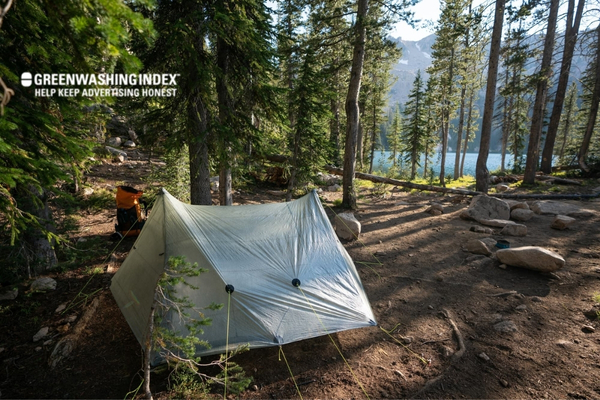
Setting camp this way helps preserve the natural landscape for future travelers to enjoy as well. It’s a small effort on our part that makes a big difference in maintaining the beauty and health of outdoor spaces. Plus, finding a solid spot means less impact from your campsite over time, keeping wilderness areas wild.
9. Pack It In, Pack It Out
This principle is all about taking responsibility for your trash and belongings. Whatever you bring with you into nature, make sure to bring it back out. This means wrappers, bottles, and even leftover food need to leave the wilderness with you.
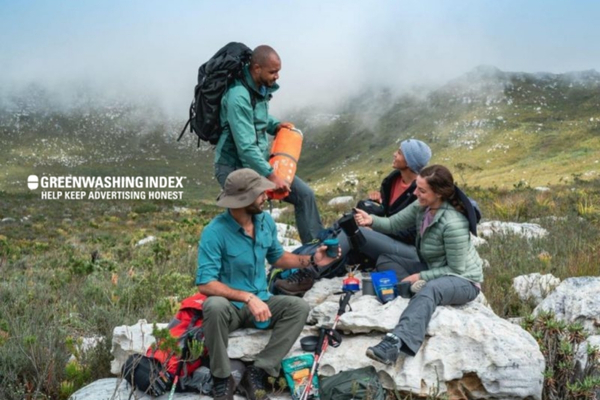
This action is so important because it prevents pollution and harm to wildlife that might mistake our trash for food. It also keeps natural areas beautiful and welcoming for others who follow. By packing out what we pack in, we show respect not only for nature but for our fellow adventurers.
10. Plan Ahead & Prepare
Before you head into the great outdoors, take some time to plan and prepare. Research where you’re going to understand what’s allowed and what’s not, like if you can make a campfire or need a permit to hike a particular trail.
Good planning ensures that you’re ready for whatever comes your way and helps protect the environment by reducing the chances of unexpected situations that could impact nature negatively. Whether it’s checking weather conditions, knowing how to minimize your footprint, or packing the right gear, a little preparation goes a long way in making your adventure enjoyable and eco-friendly.
Here are some best eco-friendly tips that you must know:
20 Earth Day Tips for a Real Transformation Impact
Water Conservation Tips for Home: 40+ Savvy Strategies
Stop Using Paper Towels: Easy Eco-Friendly Swaps!
Eco-Friendly Kitchen: 10 Green Living Tips You Can’t Ignore!
How to Go Green: 6 Quick Ways to Go Green
FAQs
What is ‘Leave No Trace,’ and why is it important?
‘Leave No Trace’ is all about hiking without leaving any sign you were there. It stops harm to nature and keeps it nice and clean for everyone.
How can I minimize my impact when finding a spot to set up camp?
Pick a spot that’s been camped on before, stay on tough ground, keep it small, and avoid places where you might mess up plants or wildlife homes.
Is it really harmful to feed wild animals?
Yes, it sure is. Feeding wild critters can make them sick, dependent on humans for food, or even dangerous. It’s best we enjoy watching them without sharing our snacks.
Conclusion
As I share these thoughts with you, I want to emphasize how simple yet profound our actions can be when we choose the path of responsible hiking. Embracing an eco-friendly approach to trail exploration isn’t just about following a set of rules; it’s about nurturing a deep respect for nature and our place within it.
Through adherence to the principles of Leave No Trace and incorporating sustainable practices into every step, we not only enhance our own experience but also ensure that these beautiful trails remain unspoiled for future adventurers.

